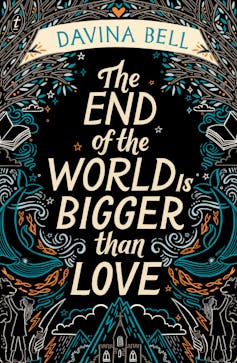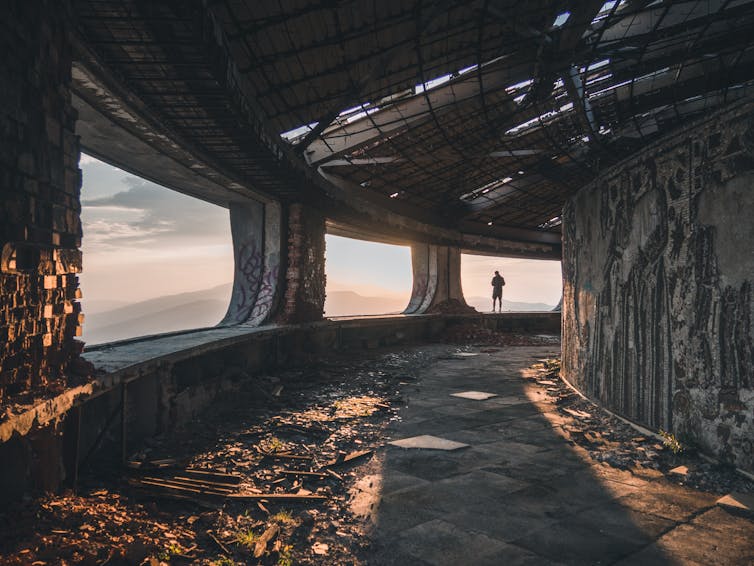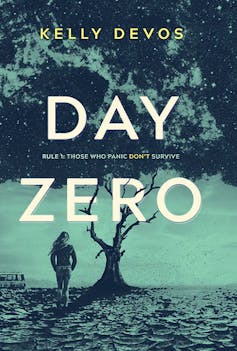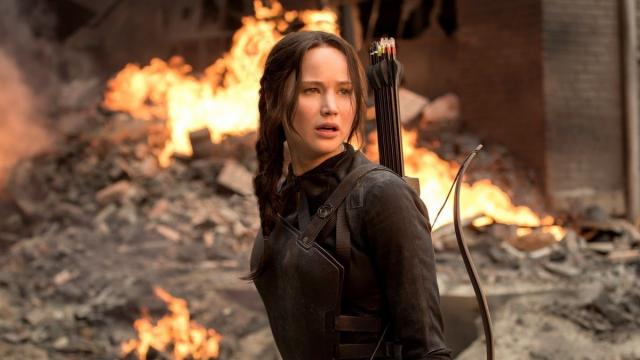COVID-19 is changing the way we live. Panic buying, goods shortages, lockdown – these are new experiences for most of us. But it’s standard fare for the protagonists of young adult (YA) post-disaster novels.

In Davina Bell’s latest book, The End of the World Is Bigger than Love (2020), a global pandemic, cyberterrorism and climate change are interrelated disasters that have destroyed the world as we know it.
Like most post-disaster novels, the book is more concerned with how we survive rather than understanding the causes of disaster. As such, we can read it to explore our fears, human responses to disaster and our capacity to adapt.
The day after
Kelly Devos’s Day Zero (2019), and the soon to be released Day One (2020), use cyberterrorism as the disaster. Like Bell’s novel, Day Zero focuses more on how the protagonist, Jinx, maintains her humanity when she must harm or kill others in order to keep herself and her siblings alive.

Natalya Letunova/Unsplash, CC BY
A form of speculative fiction, YA post-disaster writing imaginatively explores causes and responses to apocalyptic disasters. (Some readers categorise YA juggernaut The Hunger Games – and the recently released prequel – as dystopian rather than post-disaster – others think it’s both.)
Many YA novels in this genre explore issues of survival and humanity following a catastrophe. In YA post-disaster novels, teenage protagonists must learn to exist in a fractured world with little support from elders.
When they are explained, the fictional causes of catastrophe can illustrate social concerns of times they were written in. Because of this, YA post-disaster books allow us to reflect on our current beliefs, attitudes and fears.

Davos’s Day Zero can be read as commenting on contemporary concerns about cyberterrorism and political corruption. Bell’s The End of the World Is Bigger than Love expresses similar anxieties, but is also prescient given the current pandemic.
War is the cause of disaster in Glenda Millard’s A Small Free Kiss in the Dark (2009) and John Marsden’s Tomorrow series. While Millard’s novel raises questions about homelessness, Marsden’s series expresses an anxiety about invasion from Asia. The author has expressed regret about this aspect of the books since their publication.
A latent xenophobia is also present in Claire Zorn’s, The Sky So Heavy (2013), in part because the nuclear disasters are attributed to “regions in the north of Asia”. Passive ideologies of racism that pervade some YA post-disaster novels are problematic, as are other underlying ideals that promote any form of discrimination.
Us against the world
Literary texts that reinforce fear about Asia, particularly China, are especially problematic in the context of coronavirus, which reportedly saw an increase in racist attacks.
Panic buying and the stockpiling of goods during the early stages of the COVID-19 outbreak established an “us against them” dichotomy in our “struggle to survive”, reminiscent of YA post-disaster fiction.
Not everyone hoarded food and items for themselves though. Others showed compassion, donating toilet paper and food to those in need. Because of this, we were confronted with questions about how we want to survive.
YA post-disaster novels allow us to explore similar questions of humanity. In these fictional worlds, teenage characters are faced with moral dilemmas about who to help and who to harm. How does someone look out for themselves while still expressing empathy and consideration for others? How can characters maintain their humanity if their survival means another’s suffering or death?

Andrew Amistad/Unsplash, CC BY
Who to save
Tied up with the question about how we survive, then, is who survives. The protagonist, Jinx, in Day Zero is continually faced with this dilemma. As she flees the corrupt government, Jinx must decide who to help, and how.
While Jinx readily uses violence to overcome her aggressors, she eventually must shoot to kill to save her stepsister. Doing so, Jinx loses a part of herself and becomes “something else”; she must now reconcile her actions with her sense of self.
It’s not so far from the choices medical professionals in Italy, the United States and elsewhere have had to make about who to treat due to limited ventilators and a rapid influx of patients.
No matter the cause of catastrophe, the literary exploration of questions of survival provides opportunities for teenagers, parents and teachers to discuss a range of contemporary issues, including humane responses to disaster.
Given the current crisis we are in, perhaps it is time to critically read more YA post-disaster novels. If they hold up a mirror to our current attitudes and behaviours, they can help us reflect on our humanity, and on what and who we think matters.![]()
Troy Potter, Lecturer, The University of Melbourne, University of Melbourne
This article is republished from The Conversation under a Creative Commons license. Read the original article.

Leave a Reply
You must be logged in to post a comment.